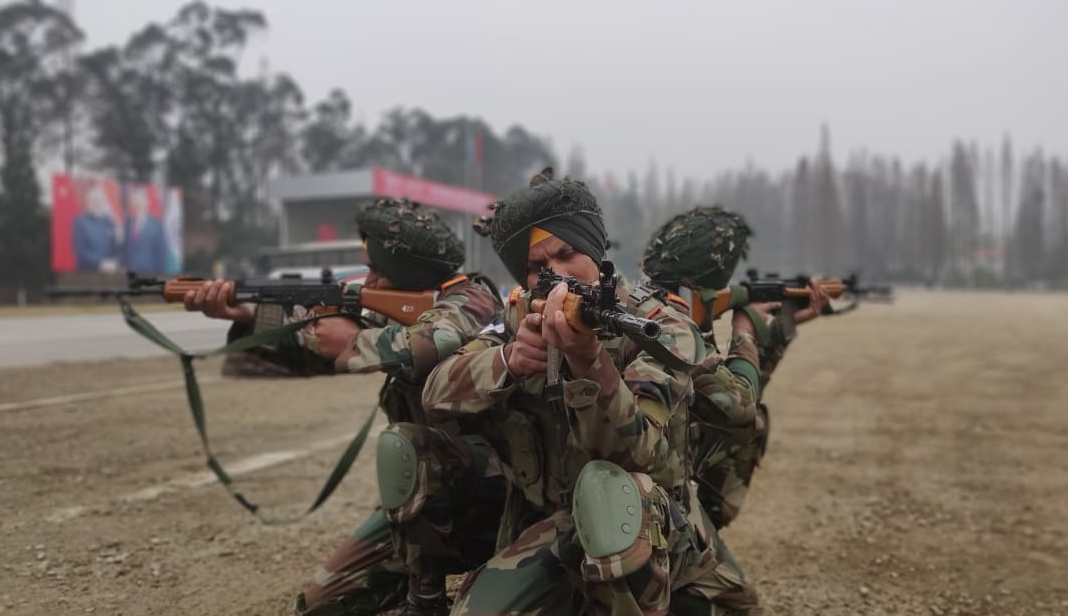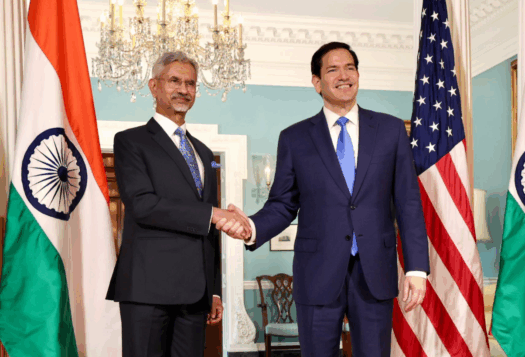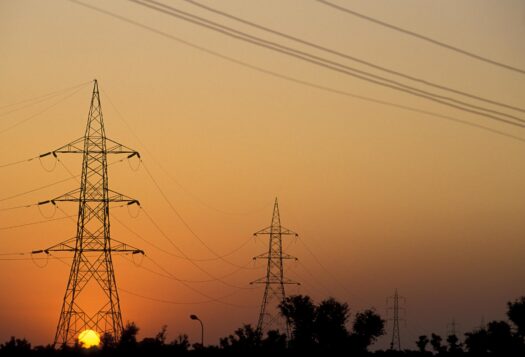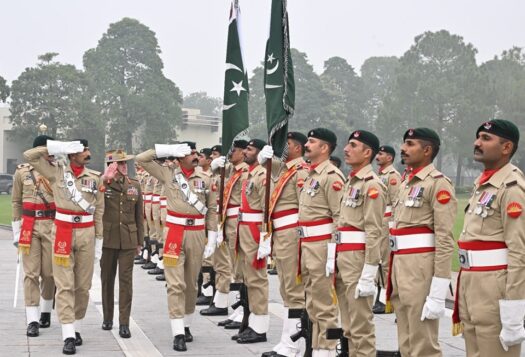
When Indian finance minister Piyush Goyal announced in the Parliament on Friday that India’s defense budget would cross ₹3 lakh crore (approximately USD 42 billion) for the first time, there was much cheer at the crossing of this milestone. However, this was just a logical progression and not an out of turn measure because this allocation was only 6.87 percent higher than that for 2018-2019. In fact, the defense budget has actually been falling year-on-year as a percentage of Gross Domestic Product (GDP) and the 2019-2020 interim defense budget will account for only 2.05 percent of the estimated GDP, being one of the lowest in recent times. This is an important measure to gauge a country’s long-term vision on military modernization, especially for a country like India with a growing economy combined with an unstable neighborhood and fast changing regional dynamics challenging its traditional foothold.
Although Goyal asserted that additionalfunds would be available to secure defense needs if required, the reality isthat the allocation every year falls short of even the usual requirements andafter correcting it for inflation and the falling rupee, the amount would bemuch lesser.
A significant component of the capital expenditure in the budget covers committed liabilities, i.e. payments for deals already contracted for and typically spread over many years, which means very little money will be left over for new procurements. It is unclear how the resources to procure several big-ticket items will be arranged after payment deals for them were signed recently, such as Rafale jets from France, S-400 air defense systems and four stealth frigates from Russia, M777 ultra-light howitzers from the United States, and K9 Vajra howitzers from South Korea. This includes a potential deal for the procurement of 24 MH-60 Romeo Multi-Role Helicopters and long-range maritime surveillance drones from the United States, which the Indian navy is in urgent need of to keep an eye on movements in the Indian Ocean Region (IOR), will be affected. Thus, the interim defense budget will accentuate the shortfalls of the Indian armed services.
The defense budget allocation shows a mismatch between India’s ambitions of being a net-security provider and the manner of realizing it. Urgent attention and long-term planning are needed to correct this imbalance and build the capabilities of the Indian armed forces to match India’s aspirations.
Adding to that is the level of vintage content in the Indian military. According to then Vice Chief of Army Staff Lt Gen Sarath Chand, who deposed before the Parliamentary Standing Committee on Defense after the 2018-19 budgetary allocation, “the state today is 68 percent of our equipment is in the vintage category, with just about 24 percent in the current, and eight percent in the state of the art category.” Hardly much has changed on that front in the last year and the current defense allocation is likely to heighten the problem. Vintage equipment is an important metric to understand the capability gaps that plague the Indian military and the need for a long-term roadmap to address them, which would need appropriate budgetary support. While this issue may not be critical in the short term, in case of another military stand off or a similar incident, these capability gaps can prove to be the Achilles’ heel for India’s great power ambitions.
The defense allocation has to be seen in the backdrop of regional developments. India has been looking with concern at the rapid expansion of the Chinese Navy in the IOR, with six to eight Chinese warships in the IOR at any given time. Last December, to improve maritime domain awareness and maintain sea control in the IOR, the Indian Navy Chief Admiral Sunil Lanba had stated that the government had approved procurement of 56 ships and six submarines. A second indigenous aircraft carrier of 65,000 tonnes is also under construction. The navy has been inducting new platforms at a periodic pace despite time and cost overruns. However, it has a serious deficit of flagged helicopters, mine sweepers, and submarines. While submarine numbers have partially improved with French Scorpenes now being inducted, the other two areas are a matter of significant concern. These procurements will likely get affected in some manner if the defense allocations continue at this rate and may have to be staggered or deferred.
The defense budget allocation shows a mismatch between India’s ambitions of being a net-security provider and the manner of realizing it. While matching China’s budget or scale of modernization is a far-off goal, even concluding deals within a stipulated time despite several attempts to simplify the Defense Procurement Procedure seems difficult. Urgent attention and long-term planning are needed to correct this imbalance and build the capabilities of the Indian armed forces to match India’s aspirations.
***
Image: Additional Directorate General Public Information-Indian Army via Twitter


